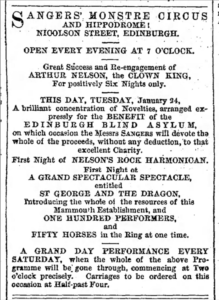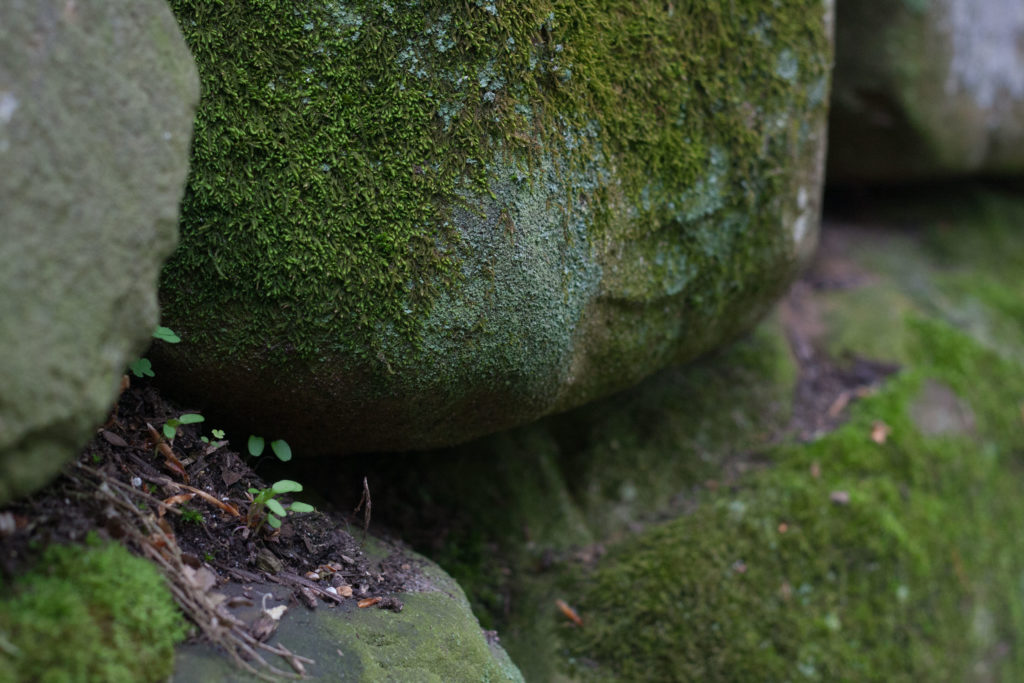Have a drink with: 19th Century Rock Bands
Are we gonna do Stonehenge tomorrow?
Ask them about: Their roadies’ workout schedule
Last week I wrote for the fine folks over at Atlas Obscura about rock bands of the 19th century. Monster rock bands, to be specific, who played to sell-out crowds, caused riots and advertised an all-caps SOLID ROCK spectacular.
To be clear: in the 19th century, being in a rock band didn’t mean that you cranked it up to eleven so much as that you were playing ON rocks.
Read on for more.
Fun Facts:
One wonders how touring was possible for ensembles like the Richardson and Till families, since estimates place lithophones such as theirs in the neighborhood of half a ton.
The Richardsons, in their immense popularity, may well have caused history’s first rock concert riot: a Worcestershire newspaper in April 1846 described a breach of the peace that led city magistrates to recommend police presence be a part of any future rock shows: “The Rock band was then performing in the room, and the court outside was crammed with persons attracted by the music, but who, instead of listening quietly to the sounds which floated from within, persisted in making disturbances and noises, much to the annoyance of the auditory.”
The Hartford Courant of March 29, 1941 not only interviewed Trinity College professor Troxell, who dreamed of debuting his instrument at Hartford’s Bushnell Theatre, but described his process: “armed with a 10-cent pitchpipe,” the professor began to arrange stones in scales. At the time of the interview he had collected 100 columns of stone, from which he had constructed a range of more than three octaves. (“He has not,” the Courant notes, “attempted to supply the half-tones as yet.”) Despite his lack of musical training, Troxell swore the instrument was easy to create, if not speedy: to raise the pitch, “I just pick up my hammer and chisel and chip a little piece off the end of the column. It is more difficult to lower the pitch, though. In that case, I have to chip pieces off the sides and that requires more delicate technique.”
You’ll pay for the whole seat, but you’ll only need the edge: “Monstre” became a common word to tout spectacle around this time.

Peter Crosthwaite, the original Keswick rock musician, was the proprietor of a “celebrated museum” and cabinet of curiosities in town and in that capacity was friends with such notables as the English chemist John Dalton. Obituaries note that he died in June 1808 at the age of 73.
Additional Reading:
Trevor Cox, The Sound Book: The Science of the Sonic Wonders of the World (2015)
James Blades, Percussion Instruments and Their History (1970)
“The Till Family Rock Band,” The Galpin Society Journal, Vol. 42 (Aug., 1989), pp. 121-122
Alexandra Smith, “Nineteenth Century ‘Rock Band’: The Musical Stones of Skiddaw,” Urban Ghosts, December 15, 2012
